
HIGHLY VALUABLE CONNECTED DATA
USE CASES DRIVE
ENTERPRISE ADOPTION
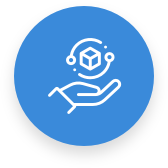



















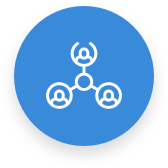



POPULARITY NEO4J HAS BEEN DOWNLOADED
MORE
THAN 10 MILLION TIMES.

PAIN POINTS ANALYSES AND CHALLENGES
The main pressures of banks come from compliance and regulatory risk, internet fraud risk, and internal employee risk. With the advantage of knowledge graph, various banking risks can be prevented by four types of risk management.

Employee and relatives; employee and external enterprise.

Financial statement, bank reference, profession, financial flow, and important event.

Kinship, shareholding, corporate groups, business relations, supply chain, and industry relations.

Business process, business compliance, business fund, business progress, and business data.

WHAT IS A
GRAPH DATABASE?
- Graph database is a new database system based on graph theory, using Neo4j, developers build intelligent applications that traverse today's large, interconnected datasets in real time.
- The native graph database delivers consistent, real-time performance for multi-hop queries on large, interconnected datasets.
- A Graph database is a database management system with Create, Read, Update and Delete (CRUD) operations working on a graph data model. Graph database are generally build for use with OLTP systems, they are normally optimized for transactional performance, and engineered with transactional integrity and operational availability in mind.
- By intuitively mapping data points and the connections between them, Neo4j powers intelligent, real-time applications that tackle today's toughest enterprise challenges, including: Artificial Intelligence (AI) and machine learning, The Internet of Things (IoT), Real-time recommendations and personalization, Master Data Management (MDM), Fraud detection, Network and IT operations, and Identity and access management
WHY ADOPT GRAPH DATABASE?
- Nothing in the world exists on its own. Connections and relationships - this is what makes everything coherent.
- The relational database cannot handle relationships well.
- Other NoSQL cannot handle relationships well.
- No support for connected data at the database level. Performance and data trustability degrade with scale and complexity of connections.
- Query language varies, but no query constructs exist to express data relationships.
- Joins are calculated at query time.
- It does not support full ACID(Atomicity, Consistency, Isolation and Durability) rules.

- Cannot model or store data and relationships without complexity.

- Relational and NoSQL databases are restrained by data volume restrictions.
- Relational database is subject to a number of factors — table size, index size, concurrent queries.
- Database model must be developed with modelers and translated from a logical model to a physical one.
- Any changes require weeks of downtime for implementation.

- The storage of database is increased by increasing the number and levels of relationships, and database size.
- Performance degrades.

- It requires a table JOIN.
- Query complexity grows with need for JOINs.
|
Data Model
|
RDBMS
|
Other NoSQL
|
Neo4j
|
|---|---|---|---|
|
Performance
|
variable (low)
|
high
(simple queries)
|
variable (high)
|
|
Scalability
|
low
|
high
|
high
|
|
Flexibility
|
low
|
high/ moderate
|
high
|
|
Complexity
|
moderate
|
low
|
high
(get your complex queries answered in milliseconds)
|
|
Functionality
|
relational algebra
|
variable (low)
|
graph theory
|
WHY CHOOSE NEO4J?
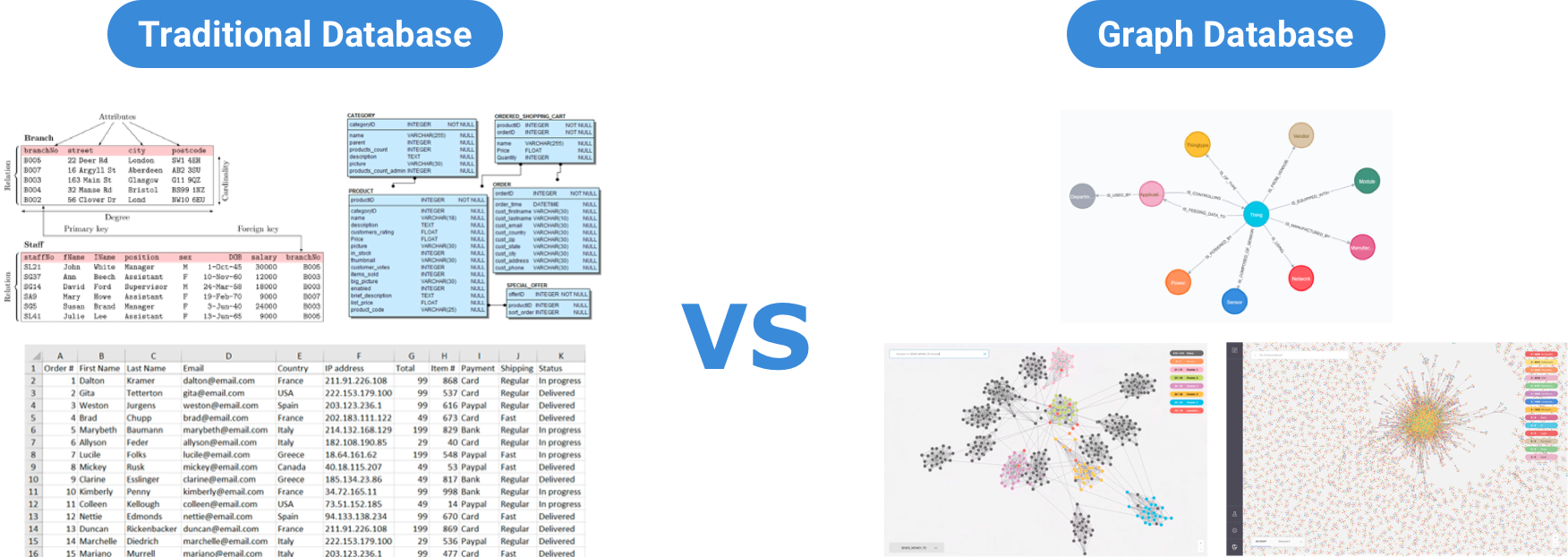
- Graph pioneer & visionary.
- Neo4j is the leading graph database platform that drives innovation and competitive advantage at Airbus, Comcast, eBay, NASA, UBS, Walmart and more. More customer successes than all other vendors combined. Diverse roadmap: cloud, DBaaS, Spark, Algos for AI, GQL.
- Biggest and most active graph community on the planet. Neo4j has the largest and most vibrant community of graph database enthusiasts that contributes to the Neo4j ecosystem.
- Developers provide very expressive Neo4j examples such as GraphGists.
- Highly Performant Read and Write Scalability, Without Compromise.
- Neo4j delivers the lightning-fast read and write performance you need, while still protecting your data integrity.
- Native Graph Storage & Processing: Index-free adjacency shortens read time and gets even better as data complexity grows.
- Get reliably fast transactions with ultra-high parallelized throughput even as your data grows.
- Neo4j includes powerful tools to help you efficiently write, profile and debug queries as well as visualize and navigate your data.
NEO4J GRAPH ADVANTAGE
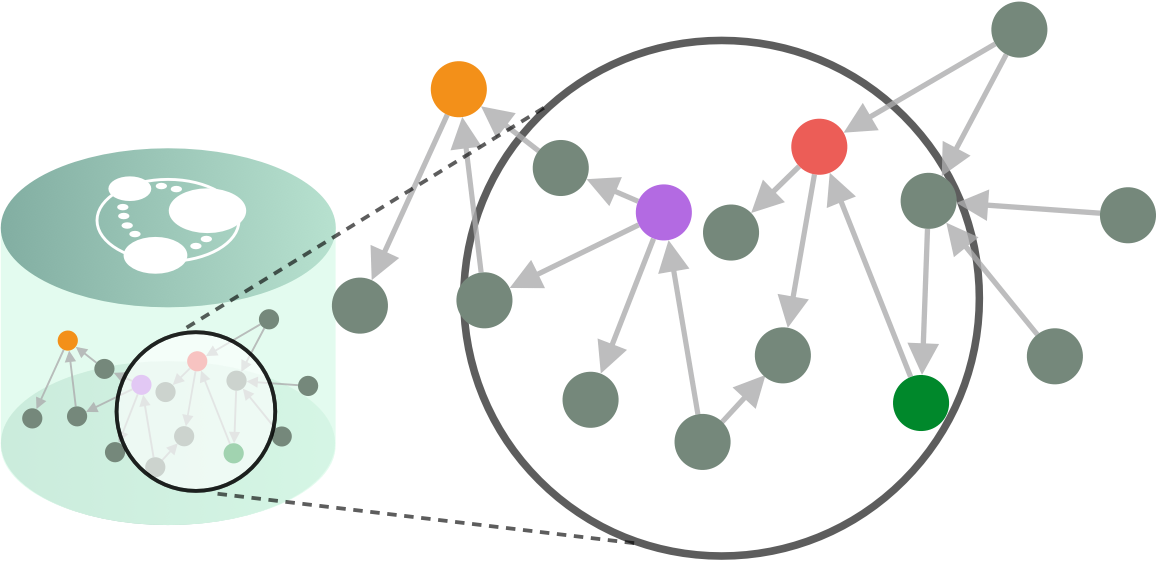
No troublesome INDEX, enabling it to traverse connections orders-of-magnitude faster.
At Write Time: unlike other database, Neo4j’s data is connected as it is stored.
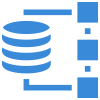



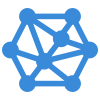



NEO4J BASICS THE LABELED PROPERTY GRAPH MODEL

- Nodes are the main data elements
- Nodes are connected to other nodes via relationships
- Nodes can have one or more properties (i.e., attributes stored as key/value pairs)
- Nodes have one or more labels that describes its role in the graph
- Relationships connect two nodes
- Relationships are directional
- Nodes can have multiple, even recursive relationships
- Relationships can have one or more properties (i.e., attributes stored as key/value pairs)
- Properties are named values where the name (or key) is a string
- Properties can be indexed and constrained
- Composite indexes can be created from multiple properties
- Labels are used to group nodes into sets
- A node may have multiple labels
- Labels are indexed to accelerate finding nodes in the graph
- Native label indexes are optimized for speed
FINANCIAL SERVICES USE CASES
| Risk Management | Industry Compliance | Master Data Management | Miscellaneous Other |
|---|---|---|---|
| Franu Detection | Data Lineage Compliance | Customer 360 | Identity & Access Mgt. |
| Cyber Security | IT Network / Microservices | Lead Recommendation | |
| Anti-Money Laundering | Knowledge Graph | ||
| Complex Entities | |||
| Transaction Graph | |||
Neo4j Editions
Use of Neo4j Enterprise by closed-source software applications requires a commercial license, offered under a subscription agreement.
Configure, upgrade and maintain databases via a convenient UI.
